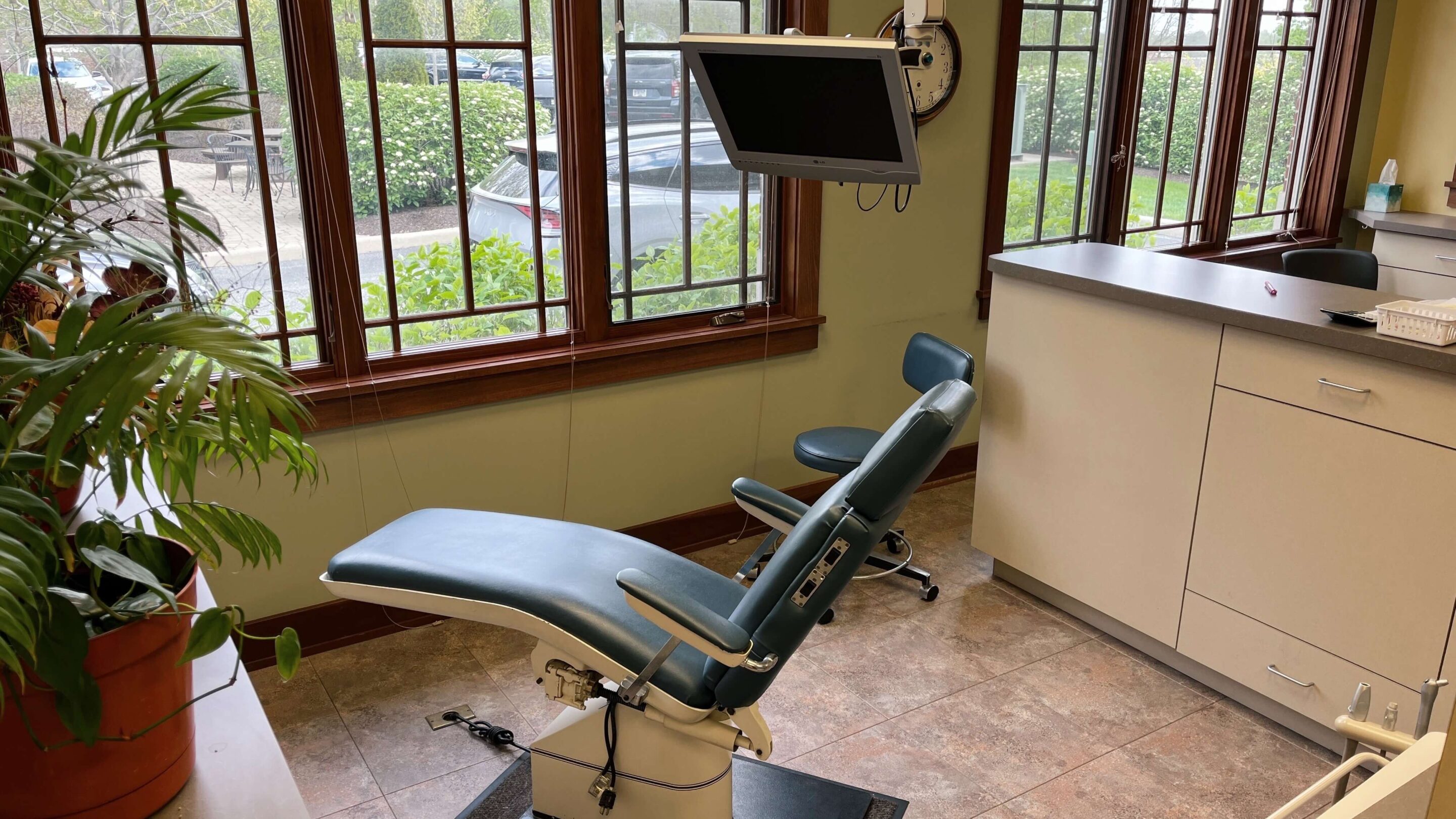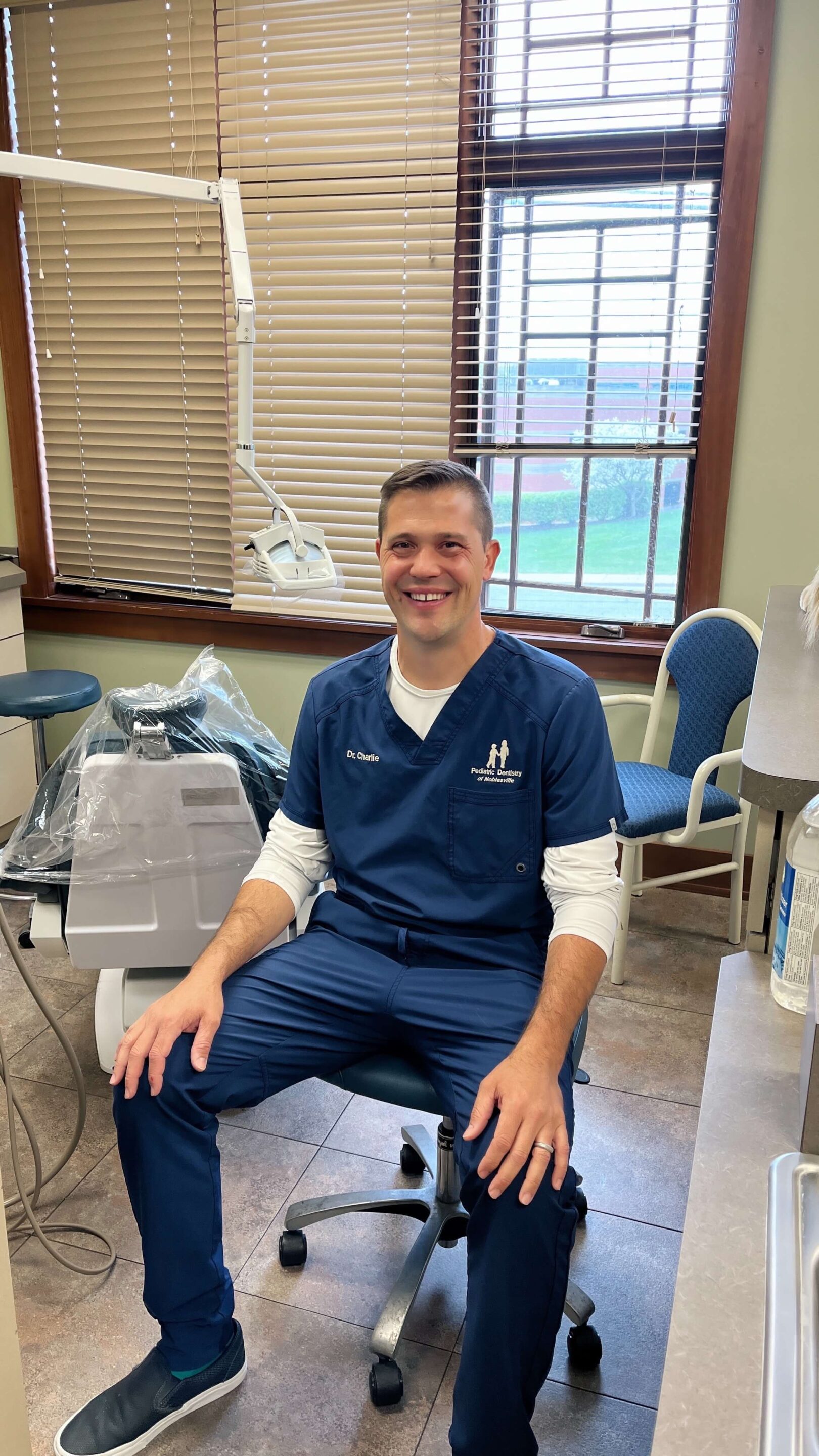Emergency Dentistry
Unfortunately, dental emergencies are common in children and adolescents. There are many circumstances that constitute a true dental emergency, ranging from isolated toothaches to severe oral trauma. No matter the cause of the emergency, it is a good idea to get a hold of the dentist to discuss what (if any) treatments may be necessary. Feel free to call our office and doctors at any time if you have any questions.
What Are the Types of Dental Emergencies?
More often than not, dental emergencies are caused by an accident or trauma. One fourth of school-aged children have experienced dental trauma. Dental injuries compromise roughly 5% of all injuries in children and young adults. Dental trauma can be as mild as an elbow to the front tooth that doesn’t cause any symptoms or as severe as a broken jaw. Dental trauma to primary teeth typically is treated differently than trauma to permanent teeth.



Other dental emergencies include toothaches, facial swellings, facial lacerations, cuts to the tongue, lips or cheeks or damage to orthodontic appliances currently in place.
If an accident occurs that causes a child to go unconscious or induces vomiting, it is imperative that the child be taken to the hospital for evaluation BEFORE any dental concerns are addressed.
FAQ’s
What to do if your child has a toothache?
Toothaches are common among school-aged children. Sometimes, a child will say their teeth hurt as they erupt into the mouth. Conversely, children may also say they are having tooth pain as the tooth naturally exfoliates. These issues typically don’t constitute a true dental emergency and don’t always require a trip to the dental office.
Most toothaches are caused by dental caries. When a cavity gets large enough that it approximates the nerve of the tooth, dental pain may arise. Sometimes the pain only occurs when eating or drinking certain foods and beverages. Sometimes, however, the pain is constant and needs emergency care. Treatment may involve a simple dental filling, a root canal, or even extraction.
When bacteria are able to enter the pulp chamber (or nerve) of a tooth, the resulting inflammation can lead to an infection, known as a dental abscess. A dental abscess is a pocket of pus that may look like a pimple on the gums. The leading cause of dental abscesses is dental caries. However, abscesses may arise because of trauma to a tooth, prior dental work, or foreign bodies in the gums. If you suspect your child has an abscess, please call our office for an appointment. We may be able to prescribe antibiotics for your child over the phone to help the infection. However, to treat the infection the offending tooth will most likely need a root canal or it may need removed. If there is a facial or neck swelling and there is difficulty breathing or swallowing, go to the emergency room.
What to do if your child injures their baby tooth?
It is quite common for toddlers and young children to injure their mouths during a fall. If a baby tooth is chipped, odds are it can just be smoothed down to satisfaction. It can be very difficult for a toddler to sit for fillings or crowns to repair a broken tooth. If a baby tooth is pushed backwards a few millimeters, it is typically easy to push it back into position. On rare occasions, a wire splint may be needed to stabilize the tooth.
Any time a tooth is injured, it runs the risk of having its nerve die. If this happens, the tooth could change colors anywhere from dark grey to yellow. Provided there is no pain or swelling, we typically will leave these “dark teeth” alone.
What to do if your child knocks out their baby tooth?
If a baby tooth is completely knocked out (called an avulsion) do your best to locate the tooth. We never replant a knocked-out baby tooth. But sometimes when children fall, their tooth can be pushed back up into their gums completely out of sight. This is a much more serious injury than an avulsion. If this happens, an attempt should be made to pull the tooth back down. Otherwise, the formation and/or position of the accompanying permanent tooth may be altered.
What to do if your child injures their permanent tooth?
The severity of a broken tooth is determined by how deep into the tooth the fracture occurs. Most fractures can be repaired by either re-attaching the broken fragment or other bonding techniques. If the nerve of the tooth is exposed during the trauma, there’s a good chance a root canal will be necessary in the future.
If a permanent tooth has been displaced, attempts to re-position the tooth should be taken. If the tooth is mobile after repositioning, a wire splint may need to be placed.
Again, any time a tooth is injured, it runs the risk of having its nerve die. If this happens, the tooth could change colors anywhere from dark grey to yellow. If a permanent tooth experiences a color change, it will most likely need to be treated with a root canal.
What to do if your child knocks out their permanent tooth?
If a permanent tooth has been avulsed, all attempts to re-plant the tooth as soon as possible should be made. In fact, the sooner the tooth can be replanted, the better the overall prognosis there is for the tooth. Call the dentist right away to discuss this emergency!
First off, locate the missing tooth. If it looks complete (no fractures, etc) attempt to gently rinse it off with water and replant the tooth. DO NOT use soap to clean the tooth and DO NOT scrub the tooth. There are very important ligament cells that need to remain on the root surface in hopes for proper healing. If the tooth can be replanted right away, have the child bite on some gauze or cloth material to help stabilize the tooth.
If the tooth cannot be replanted right away, put the tooth in a cup filled with white milk or even the child’s own spit. DO NOT place the tooth in water. Older patients may be able to place the tooth in their cheek to keep it moist before the dental visit.
After meeting the dentist at the dental office, a radiograph will most likely be taken of the empty socket to check for damage. Next, the tooth will need to be stabilized with a bonded wire. This splint will typically stay in place for at least 2 weeks, or until the tooth is no longer mobile.
It is very important to visit and endodontist (a dentist that performs root canals) within 7-10 days from the accident. This dentist will then assess the need to clean out the nerve of the tooth.
Again, if you ever have a question regarding a dental emergency, PLEASE call our office! If the office is closed, there is always a doctor on call to assist you.
Professional Accreditations






